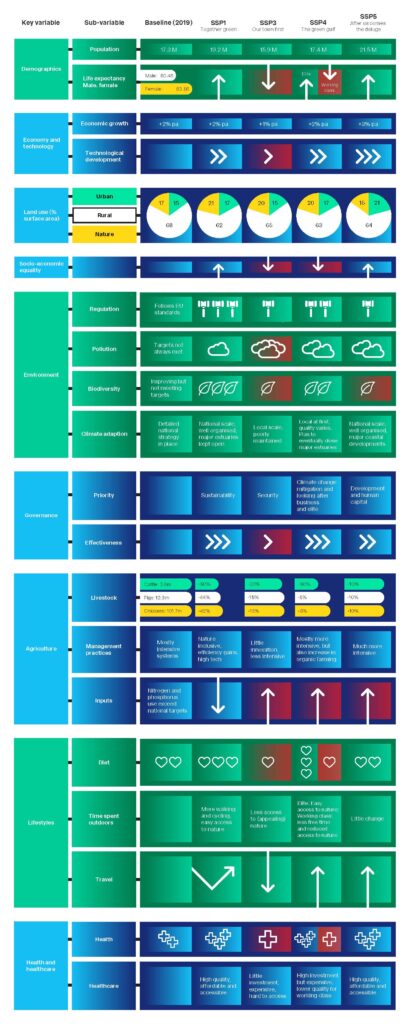Creating the Dutch One Health Shared Socio-economic Pathways (SSPs)

This publication is part of the project ‘Preparing for vector-borne virus outbreaks in a changing world: a One Health Approach’ (NWA.1160.1S.210) which is (partly) financed by the Dutch Research Council (NWO).
Authors: Martha Dellar, Gertjan Geerling, Kasper Kok, Peter van Bodegom, Maarten Schrama & Eline Boelee
Abstract
The world is changing, in terms of both climate and socio-economics. These changes have the potential to have a profound impact on the health of humans, animals and the environment, often grouped together as ‘One Health’. Humans, animals and the environment are closely interlinked and to determine realistic future vulnerabilities we must consider everything together. We need comprehensive scenarios which cover a broad range of variables affecting One Health. We developed a methodology to create national-level One Health scenarios based on the global Shared Socio-economic Pathways (SSPs), which we applied to the Netherlands. We identified variables which should be included in such scenarios and gathered input from existing scenarios, stakeholder consultation and current plans and commitments. This information was combined to create detailed descriptions, which were used to assess the main health risks under each scenario. All the scenarios face similar challenges, for example an aging population, introductions of infectious diseases and rising sea-levels and extreme weather events; however, in some scenarios, they deal with these challenges much better than in others. The healthiest outcome was achieved when a policy of low greenhouse gas emissions was combined with a well-functioning society which looks after both its citizens and the environment. These scenarios can be used to analyse specific health risks and to consider options for mitigation and preparedness. Because they are national-level scenarios, they allow the local context, policies and customs to be accounted for and should be a valuable tool for protecting One Health in the future.
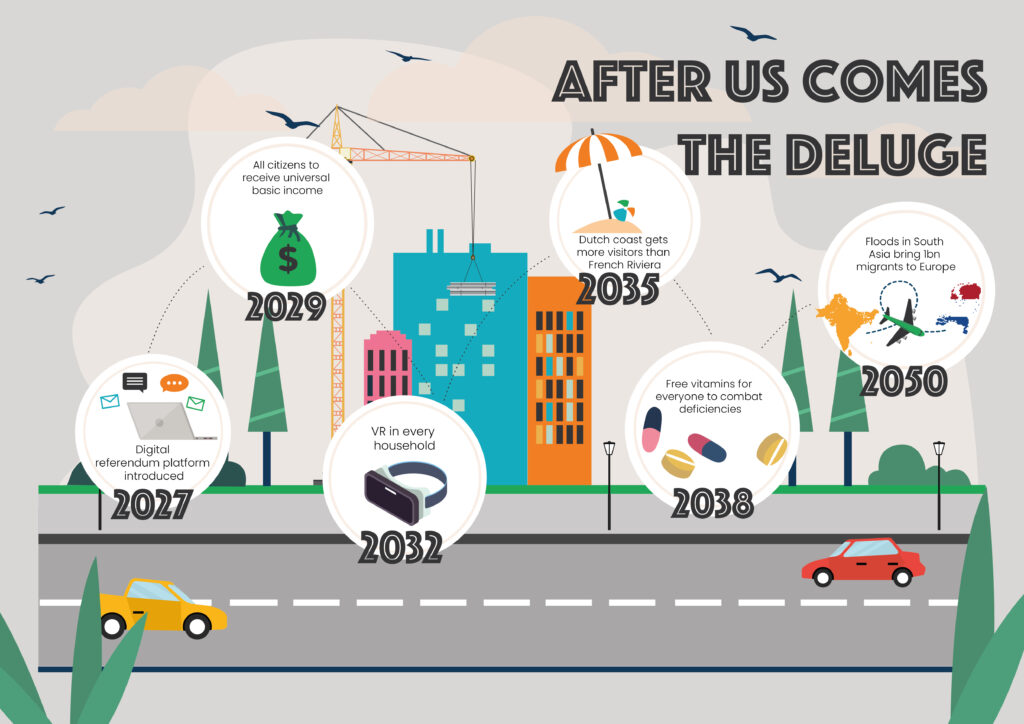
Introduction
Ours is a period of rapid change, not just in terms of climate, but also of technology, land use, population and many other factors. These changes have the potential to have significant impacts on human, animal and environmental health, often grouped together as ‘One Health’ (The World Bank 2018). For example, changes in climate, land use and mobility have been found to contribute to the increased rate of emergence of novel infectious diseases (e.g. SARS, MERS, SARS-CoV-2), the spread of known diseases to new regions (in particular vector-borne diseases (VBDs) such as West Nile, Zika and dengue) and the increased prevalence of diseases which had previously been controlled (e.g. Ebola, malaria) (Mora et al. 2022; Nova et al. 2022). Human, animal and environmental health are closely interlinked with many dynamic interactions. It is therefore helpful to consider them together in a One Health approach when considering future challenges.
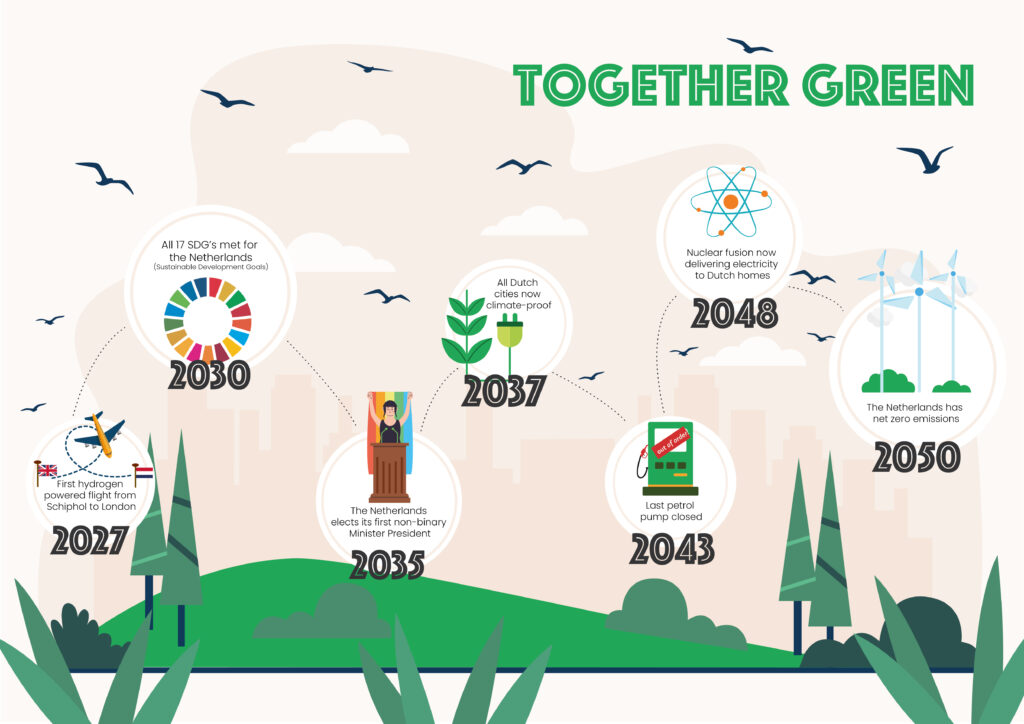
Future One Health challenges are many and varied. Infectious diseases (particularly zoonoses and VBDs), non-communicable diseases, antimicrobial resistance, biodiversity loss, air pollution and threats to ecosystem services have all been identified as areas of particular concern. Climate change exacerbates many health-related challenges. This is a particular problem in urbanised deltas, which face the combined pressures of high population density and sea-level rise and have been identified as especially vulnerable ecosystems (Kuenzer and Renaud 2012; Loucks 2019). Particular threats to deltas include habitat loss, salinisation, flooding and disease introductions from trade (Wardekker et al. 2010; Loucks 2019; Hill et al. 2020). The Netherlands is an example of an urbanised delta and we take it as a case study in this research. It is a generally healthy country and is ranked eleventh on both the Global Health Security Index and the Environmental Performance Index (GHS Index 2021; EPI 2022). Nevertheless, it does face certain challenges. Climate-related health risks such as sea-level rise, heat stress, allergens and air quality are all expected to worsen, as well as infectious diseases (van Alphen et al. 2022; RIVM 2023). The population is aging and it is expected that dementia cases will increase, also obesity, chronic conditions and stress are all on the rise (RIVM 2018, 2020). There are concerns that drinking water quality will deteriorate in the future as a result of the combined pressures of climate change, pollutants and salinisation (Kools et al. 2019; Van Gaalen et al. 2020). Natural areas are increasingly threatened by eutrophication as a result of nitrogen deposition and the Netherlands scores particularly poorly for biodiversity and species habitat (Bouma et al. 2020; de Jongh et al. 2021; EPI 2022). Such One Health vulnerabilities across the globe in general, and for deltas in particular, suggest it is important to have a comprehensive system view of possible changes. This requires internally consistent scenarios which cover a broad range of factors affecting One Health.
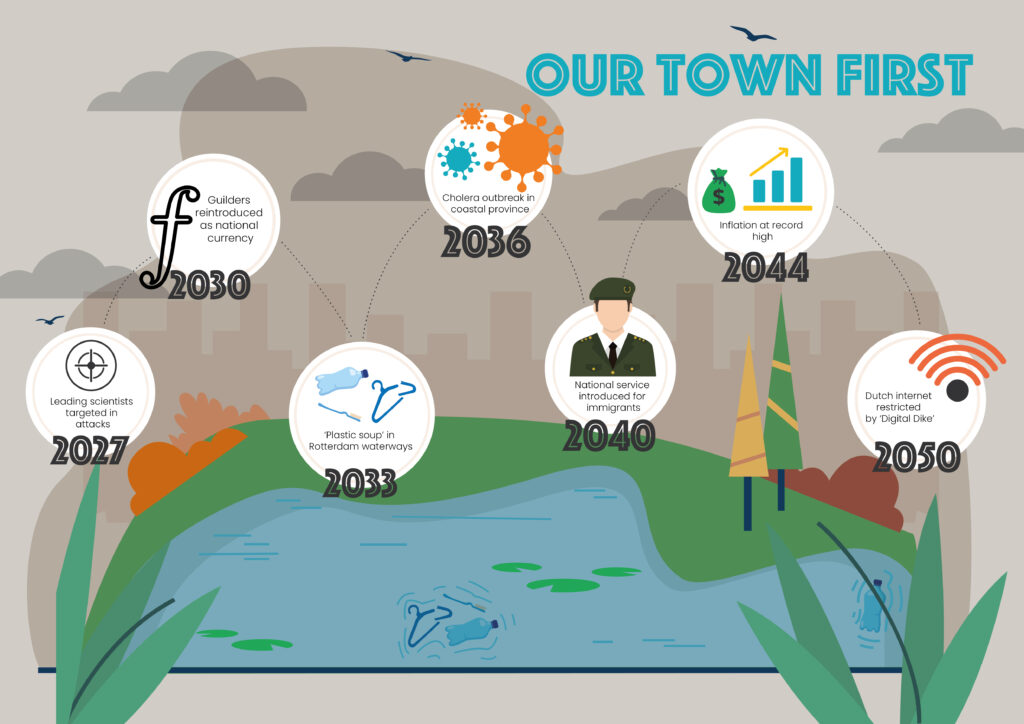
Internally consistent scenarios covering a broad range of environmental and societal factors affecting One Health risks already exist on a global scale: The Shared Socio-economic Pathways (SSPs). These are global scenarios for future societal development. Each describes one potential future, with a set of coherent plausible changes in factors such as demographics, economics, technology, governance, energy and the environment (O’Neill et al. 2017). They do not include climate change, but instead complement separate climate scenarios (Representative Concentration Pathways (van Vuuren et al. 2011)) and can be used in combination with them. The SSPs are widely used and have the advantage of covering a wide range of variables while being internally consistent. This makes them an excellent starting point for creating One Health scenarios, even though they do not specifically include health or health risks. Sellers and Ebi (2018) considered a broad range of human health challenges under each SSP, but only at a global level. While some One Health risks may be relatively consistent between countries, others are highly dependent on the local context. Therefore, it is important to downscale the SSPs to grasp the context-dependent One Health risks. While large-scale scenarios are free to have a huge amount of variation, smaller-scale scenarios are more useful for assessing specific risks (Frame et al. 2018). They are constrained by local dependencies and context and have less uncertainty. SSPs have already been downscaled for several countries and regions, including Europe (Kok et al. 2019). However, for most European countries, they have not been further downscaled to the national level. There are large differences in the One Health challenges faced by different European countries (White et al. 2011; Medlock et al. 2012; Karanikolos et al. 2013; Di Napoli et al. 2018), and deltas have their own specific challenges. National versions of the SSPs, with a focus on those aspects that have the potential to impact One Health, would enable country-specific One Health-risk analysis, with the ability to develop solutions based on available resources and which fit within national agendas.
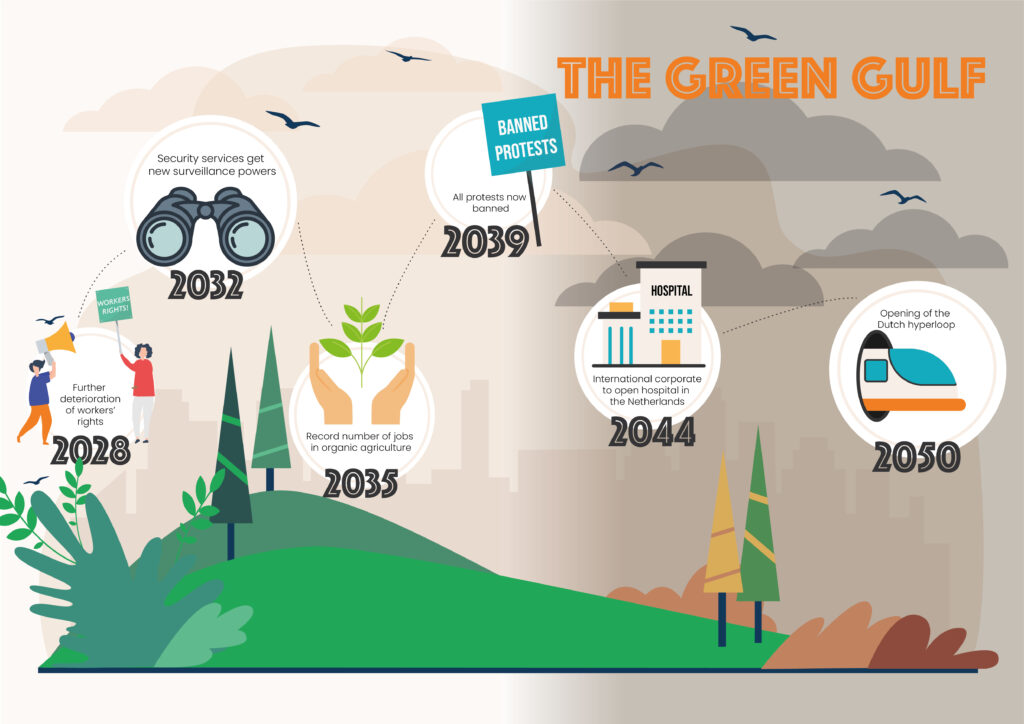
SSPs with a specific focus on One Health have not previously been developed. We suggest that such One Health SSPs should include those variables which have the greatest influence on the health of people, animals and the environment. Many of these variables are already part of the global SSPs (e.g. governance and land use), but some new specific variables are required (e.g. healthcare provision). Selecting appropriate variables is the first step in creating One Health scenarios. The next step is to determine how these variables will develop under each scenario. Creating national-level scenarios requires national-level information, particularly for those variables which are not included in the global SSPs. Many countries have national-level scenarios available on various topics, though they are not necessarily linked with the SSP scenarios. These are an excellent resource and in this study we propose a method for matching such national scenarios to the SSPs so that the wealth of national-level information they contain can be used for One Health scenarios.
Here, we aim to develop national One Health scenarios for a country on a delta based on the global SSPs, using the Netherlands as a case study. Studying this data-rich delta can help develop scenarios for other densely populated deltas where a sizeable fraction of the world population lives. We identified the key variables affecting One Health and considered the available national scenarios for the Netherlands. None of them specifically considered health risks and none of them covered all of our key variables, meaning that Dutch One Health SSPs would be a valuable new resource for assessing future One Health risks in the country. We considered what each of our key variables would look like in the Netherlands under each SSP scenario; this was done through a combination of stakeholder consultation and use of existing national scenarios. This is the first time downscaled SSPs have been created from existing national scenarios and this methodology could be extended to other countries/regions. These scenarios will enable researchers to examine potential future One Health challenges, the key factors which might cause these challenges, and possible mitigation measures and responses.
Read the whole publication here.
